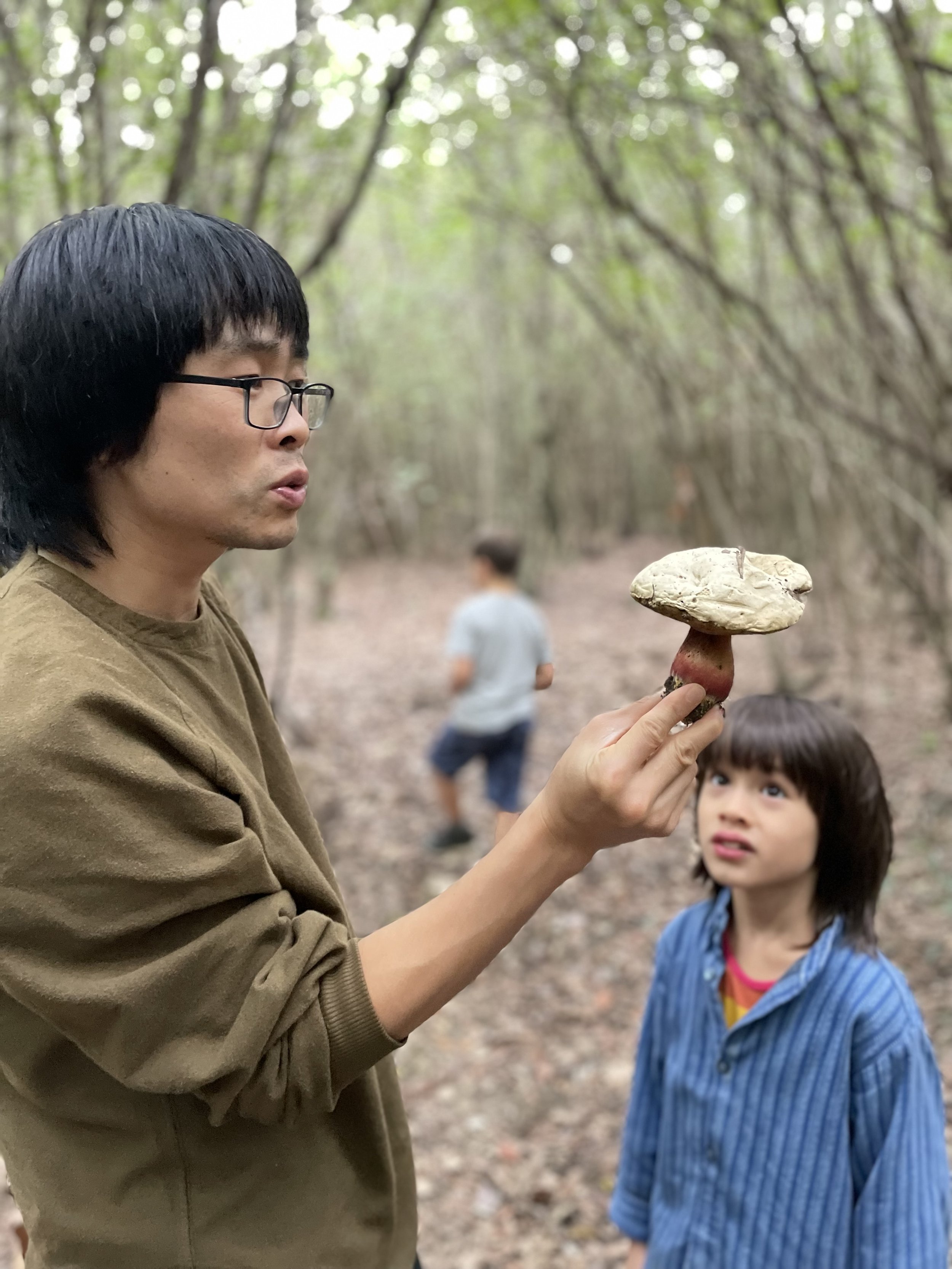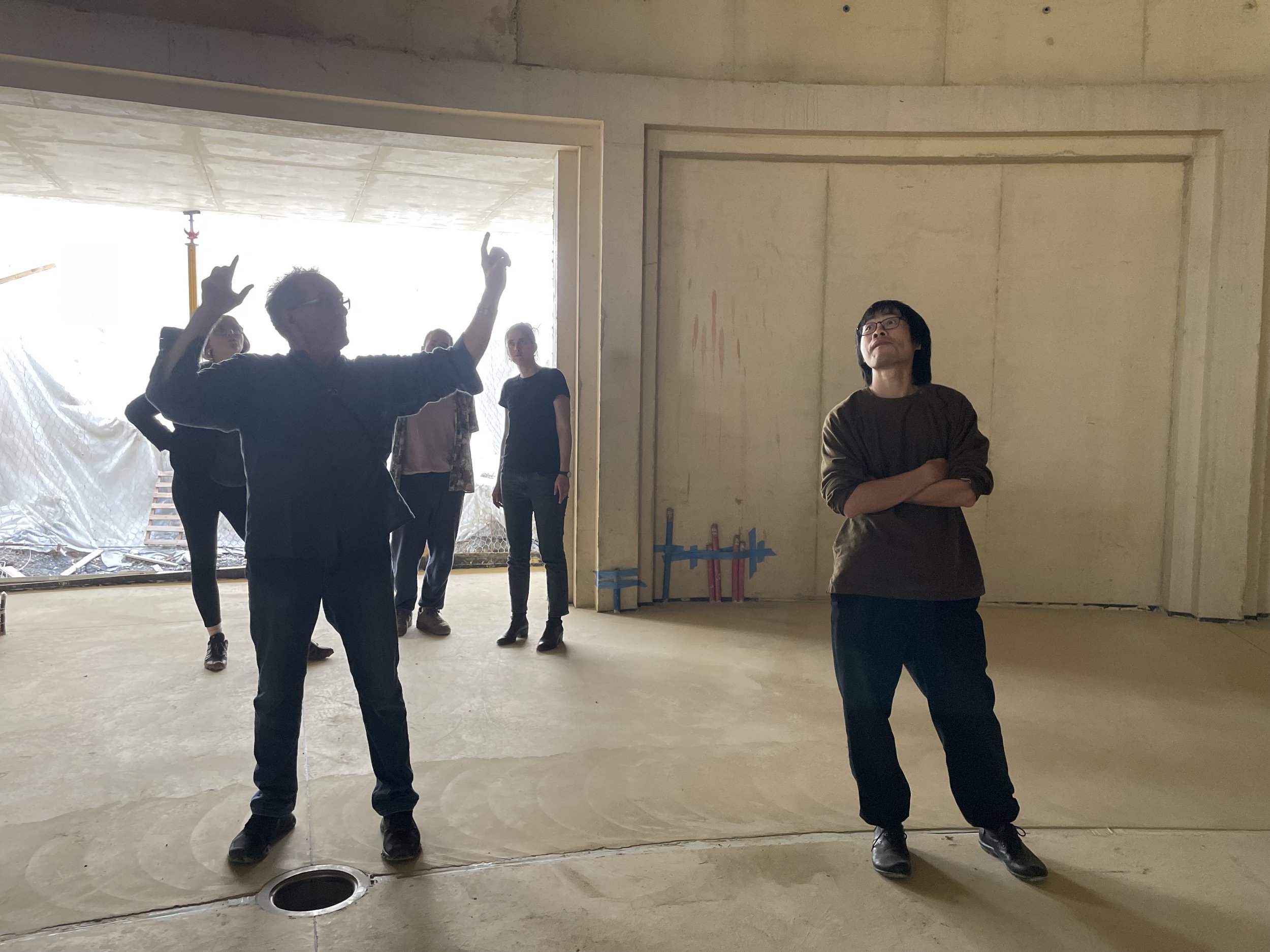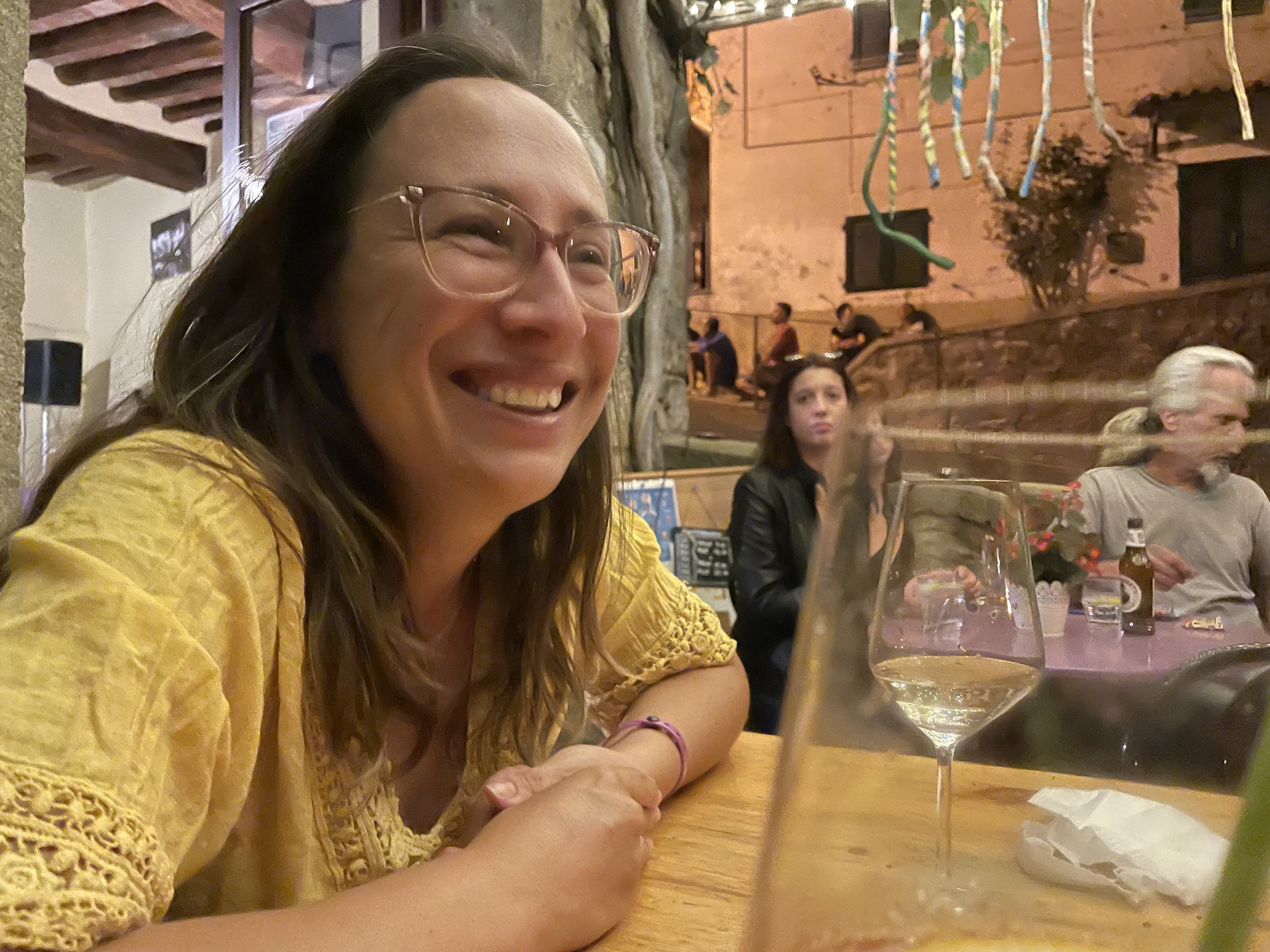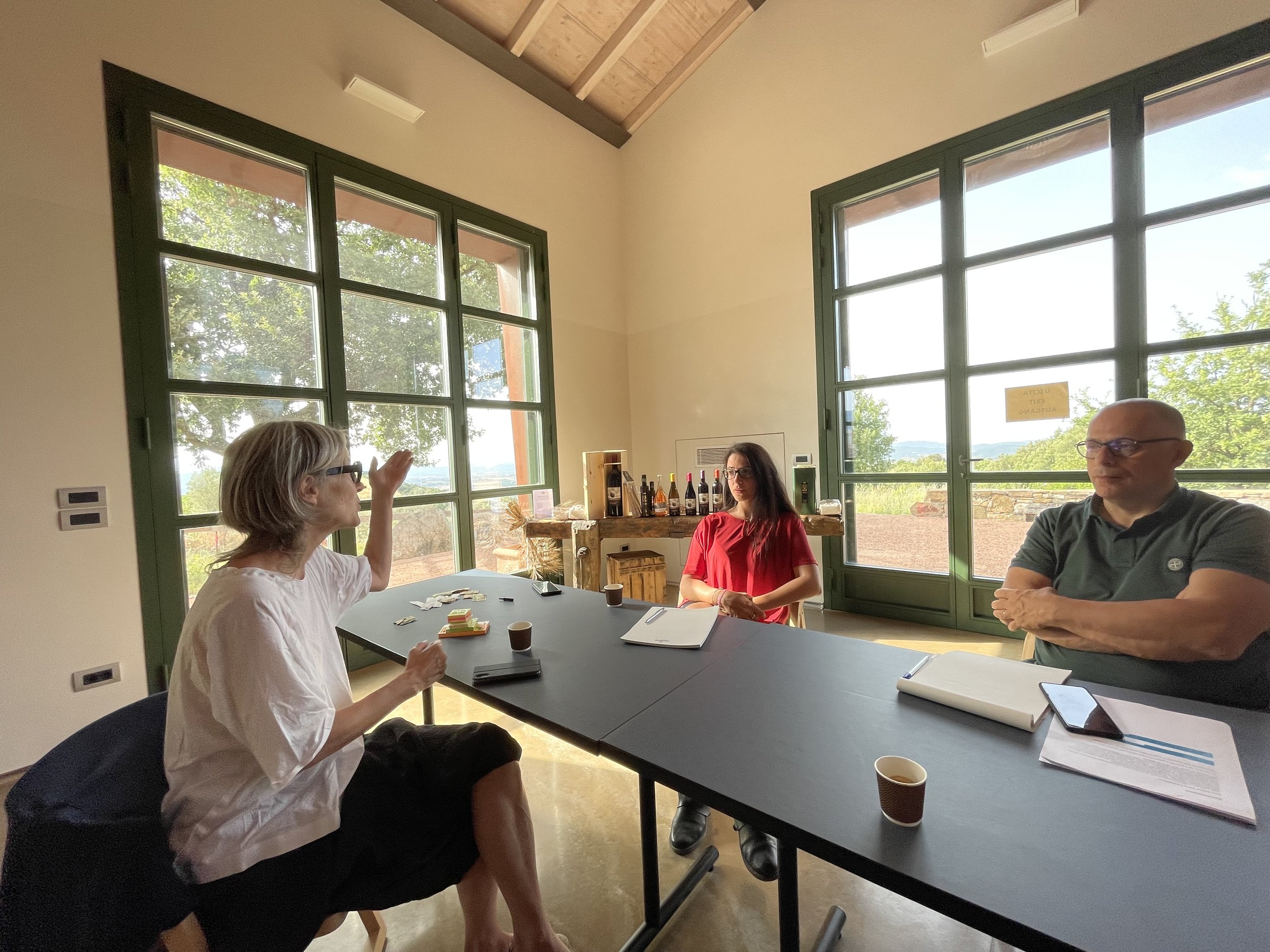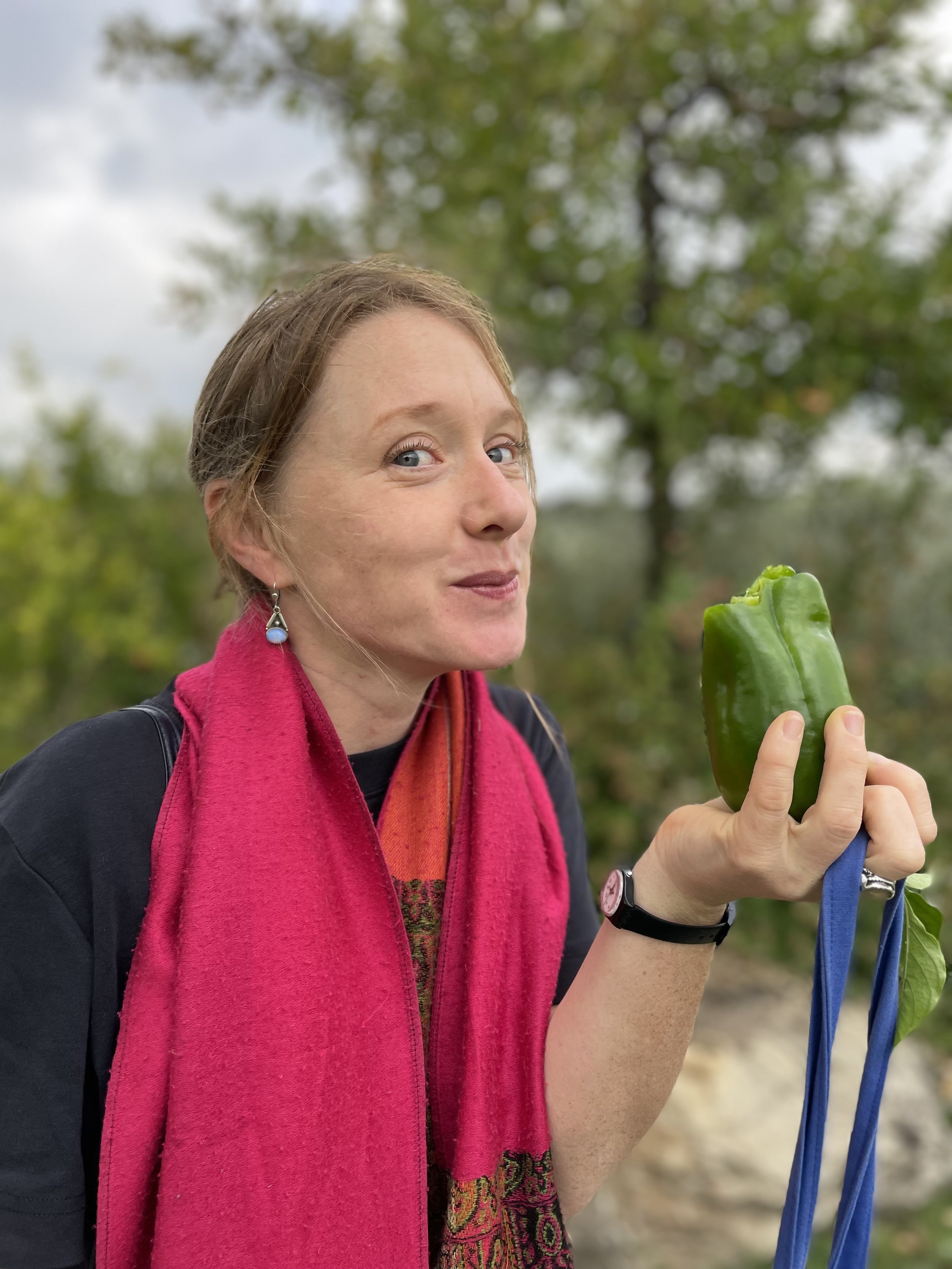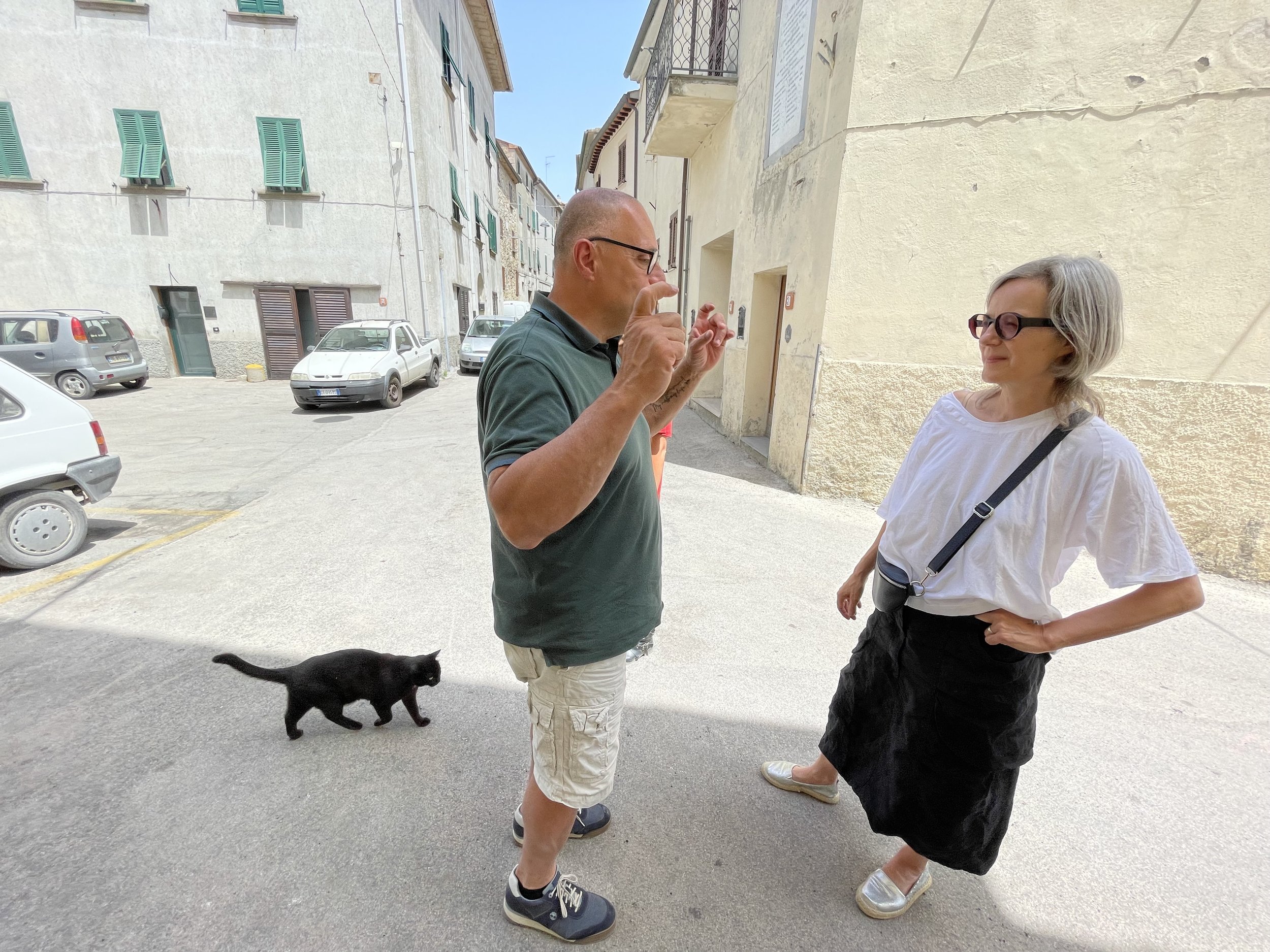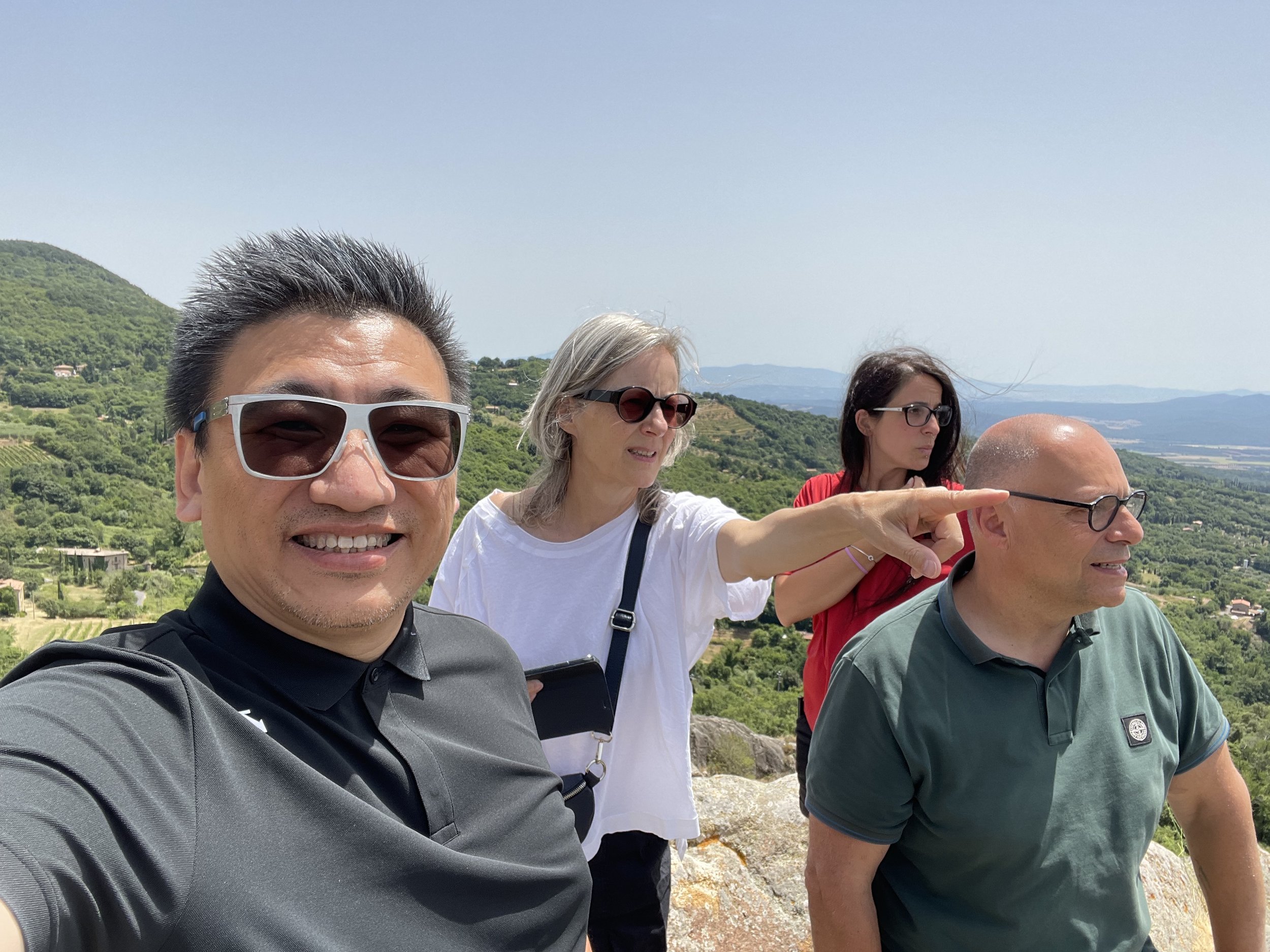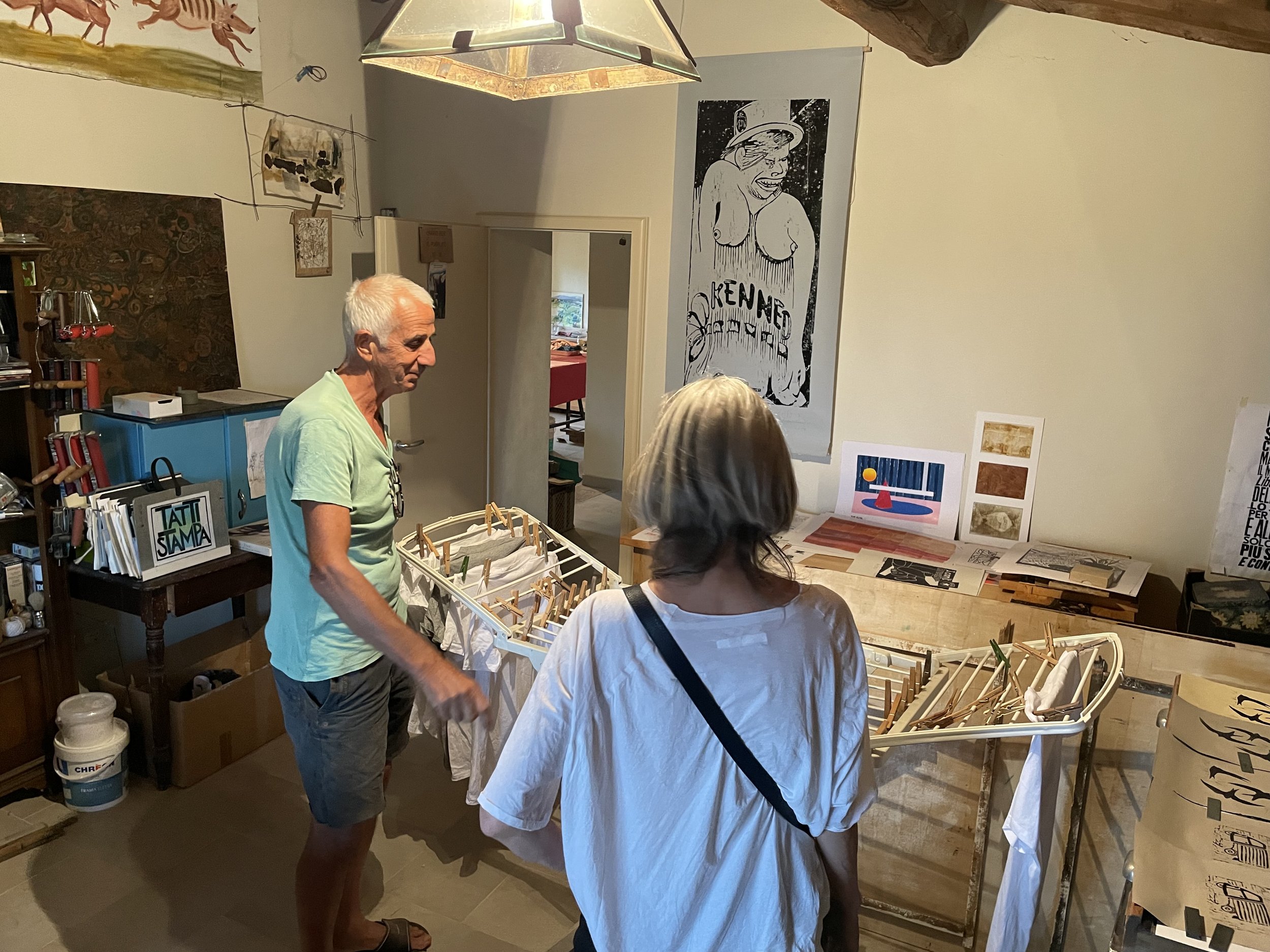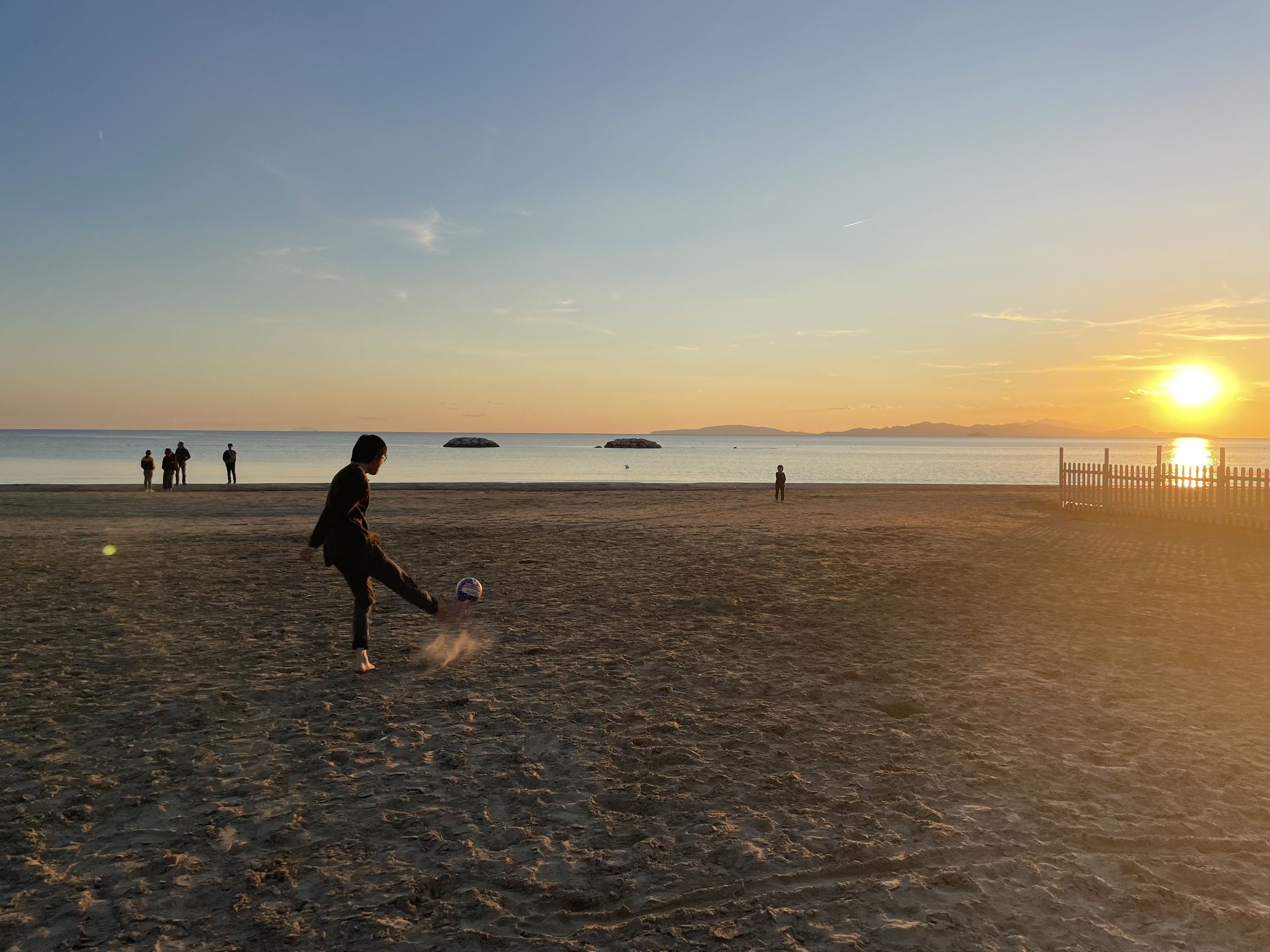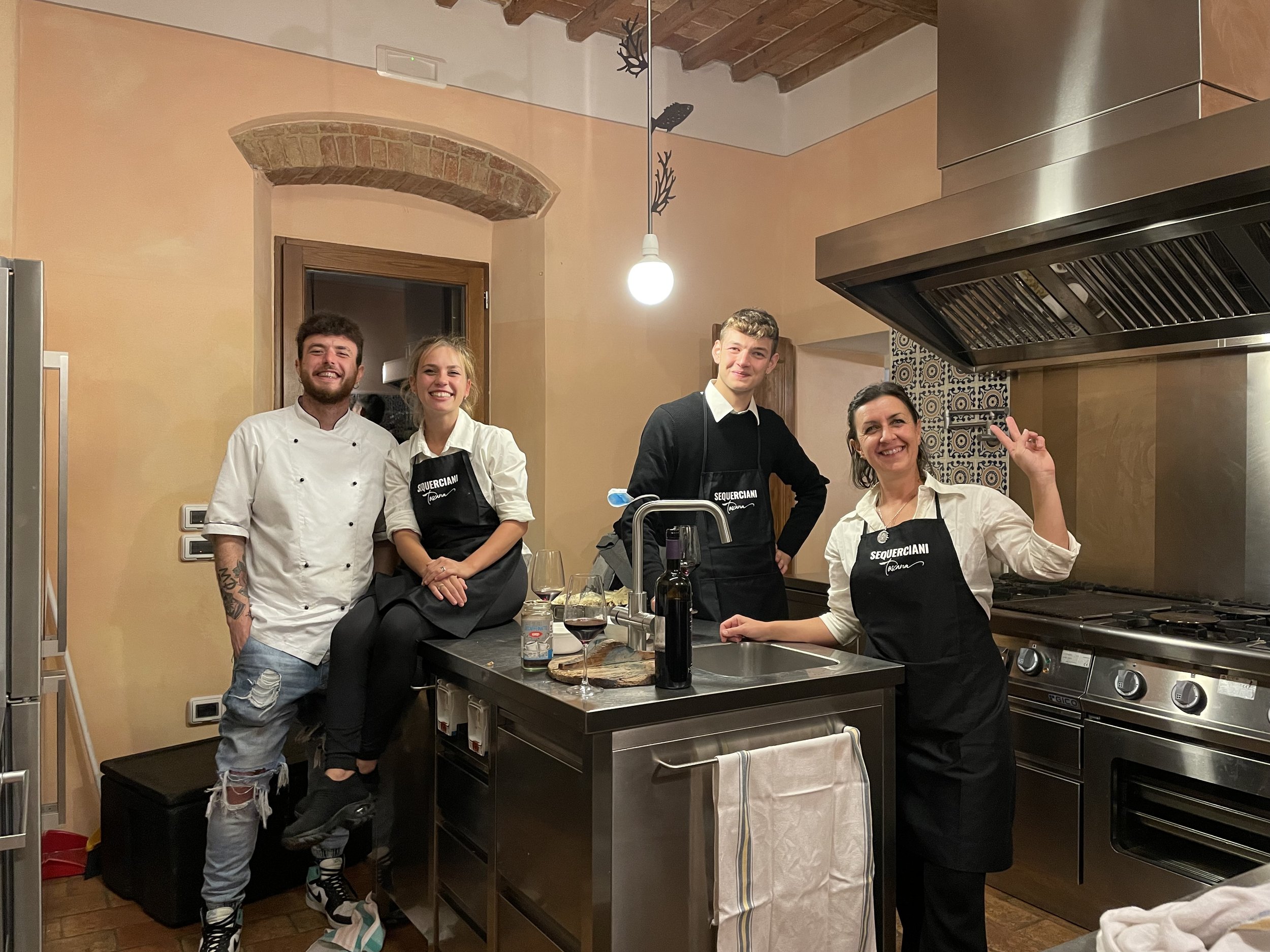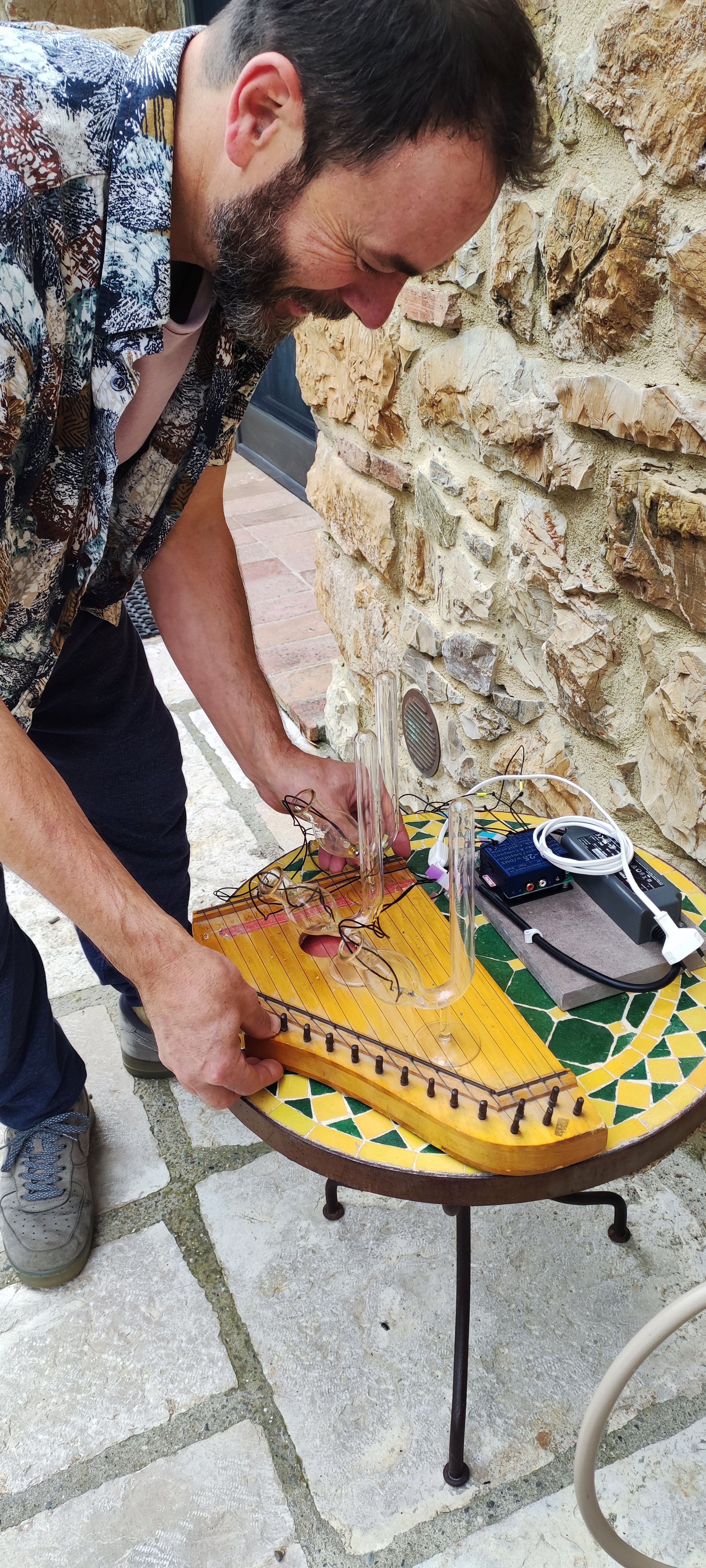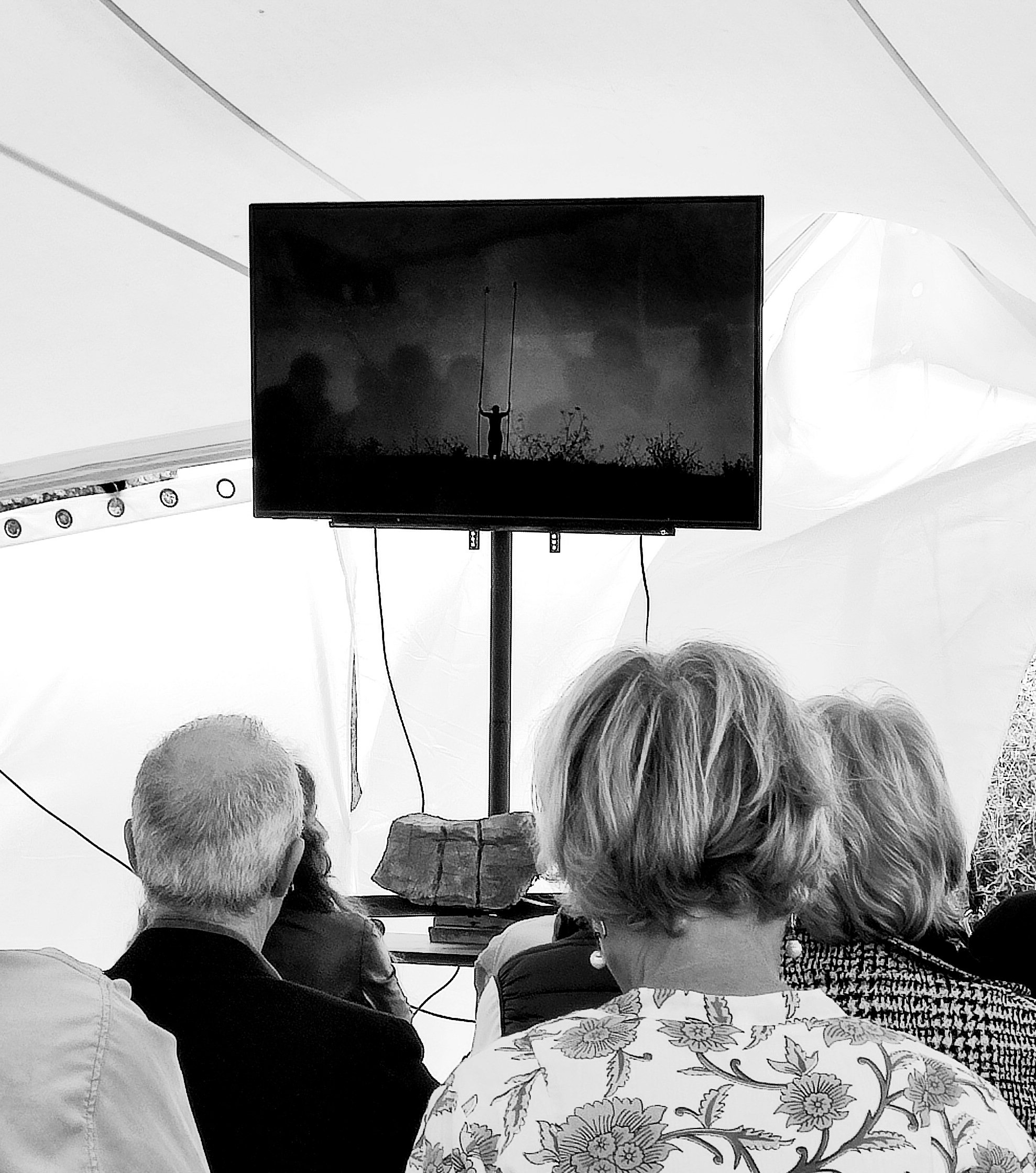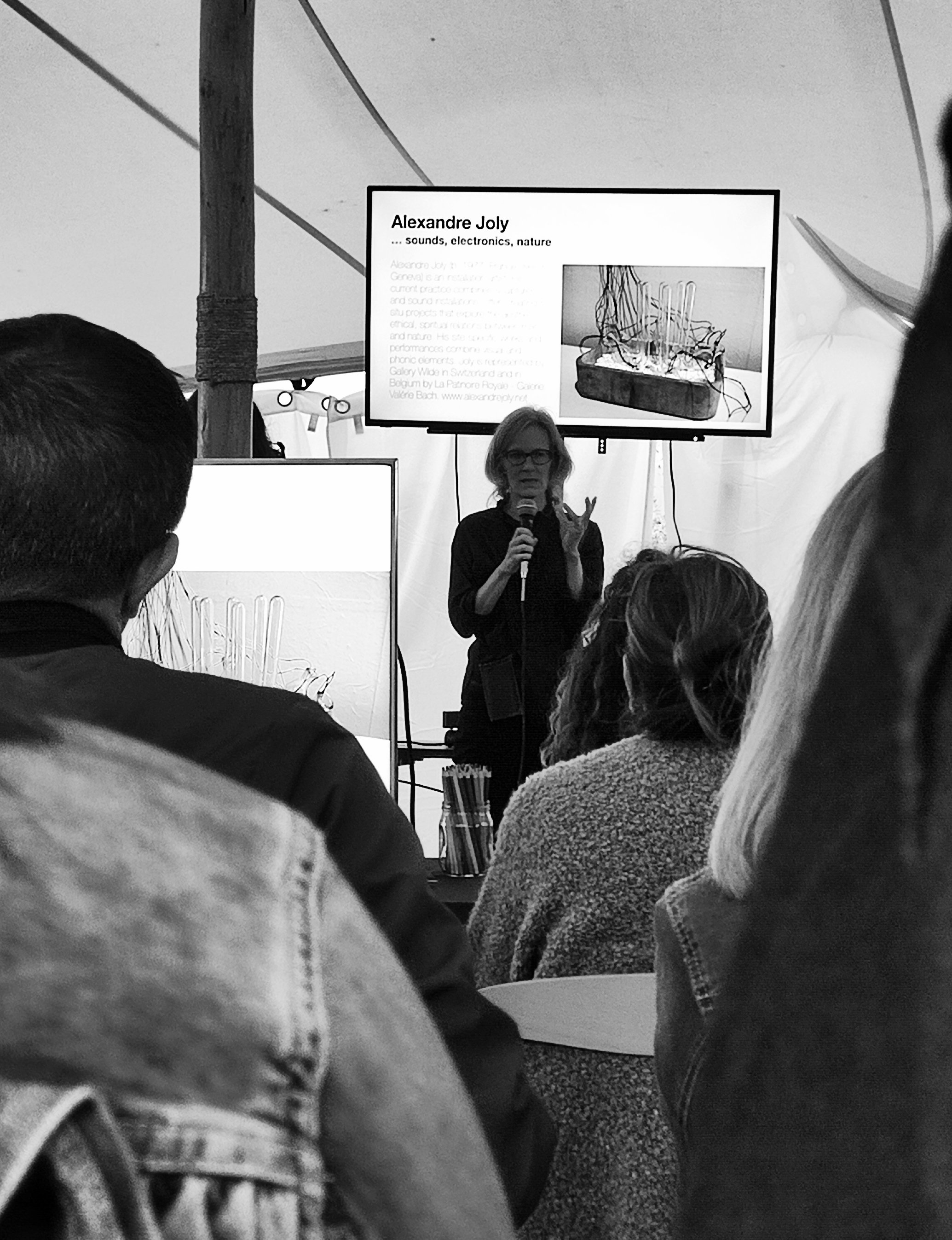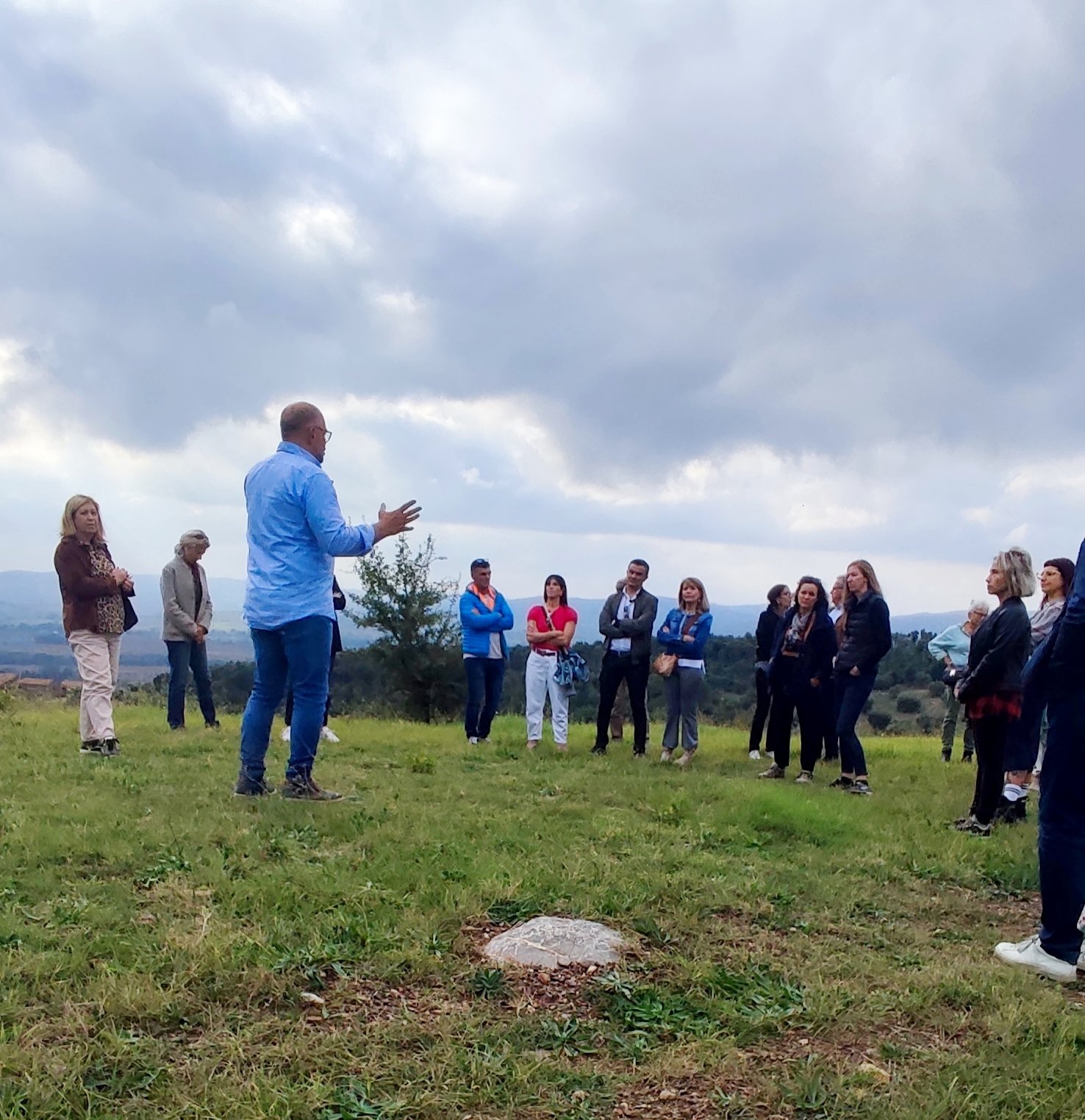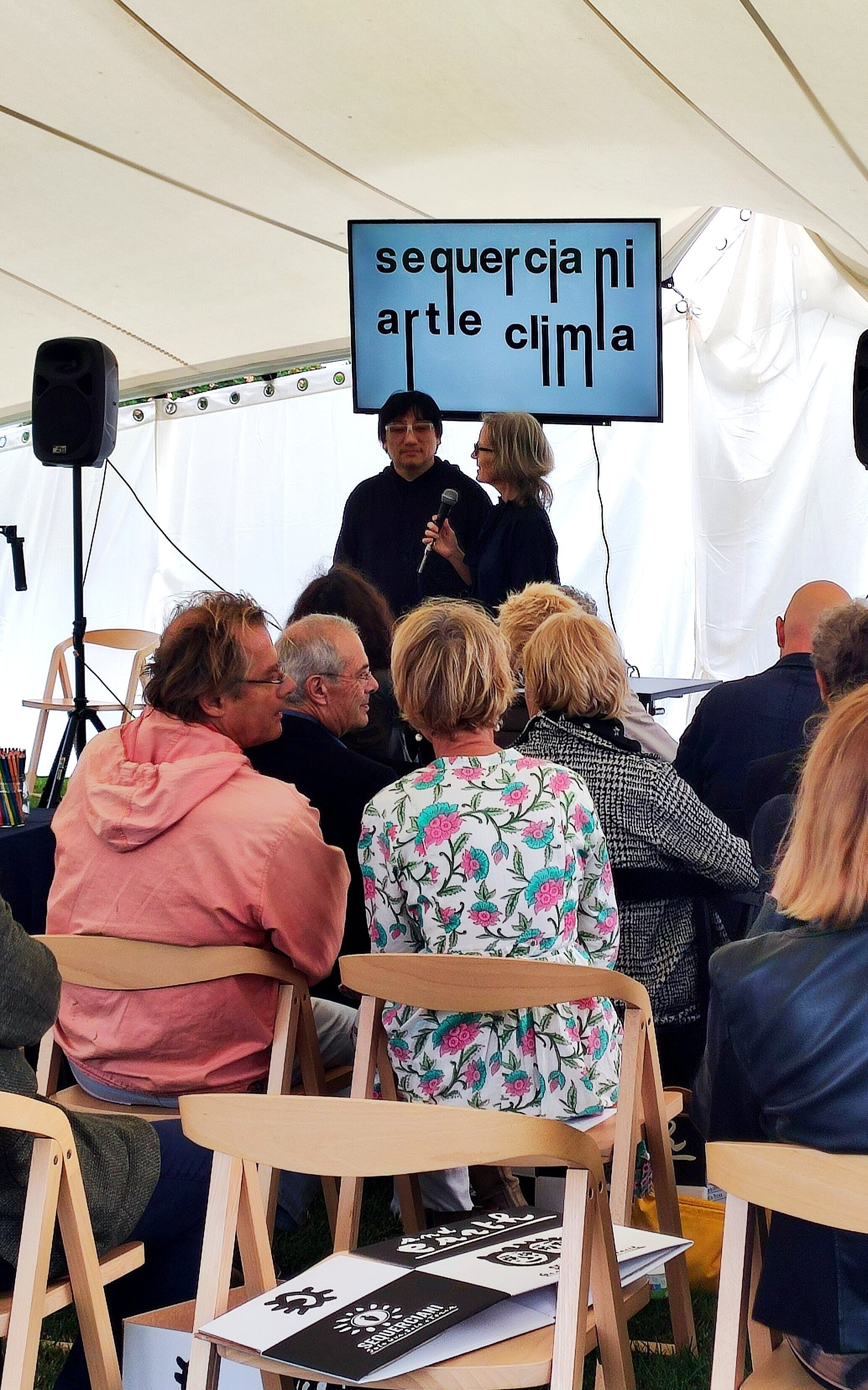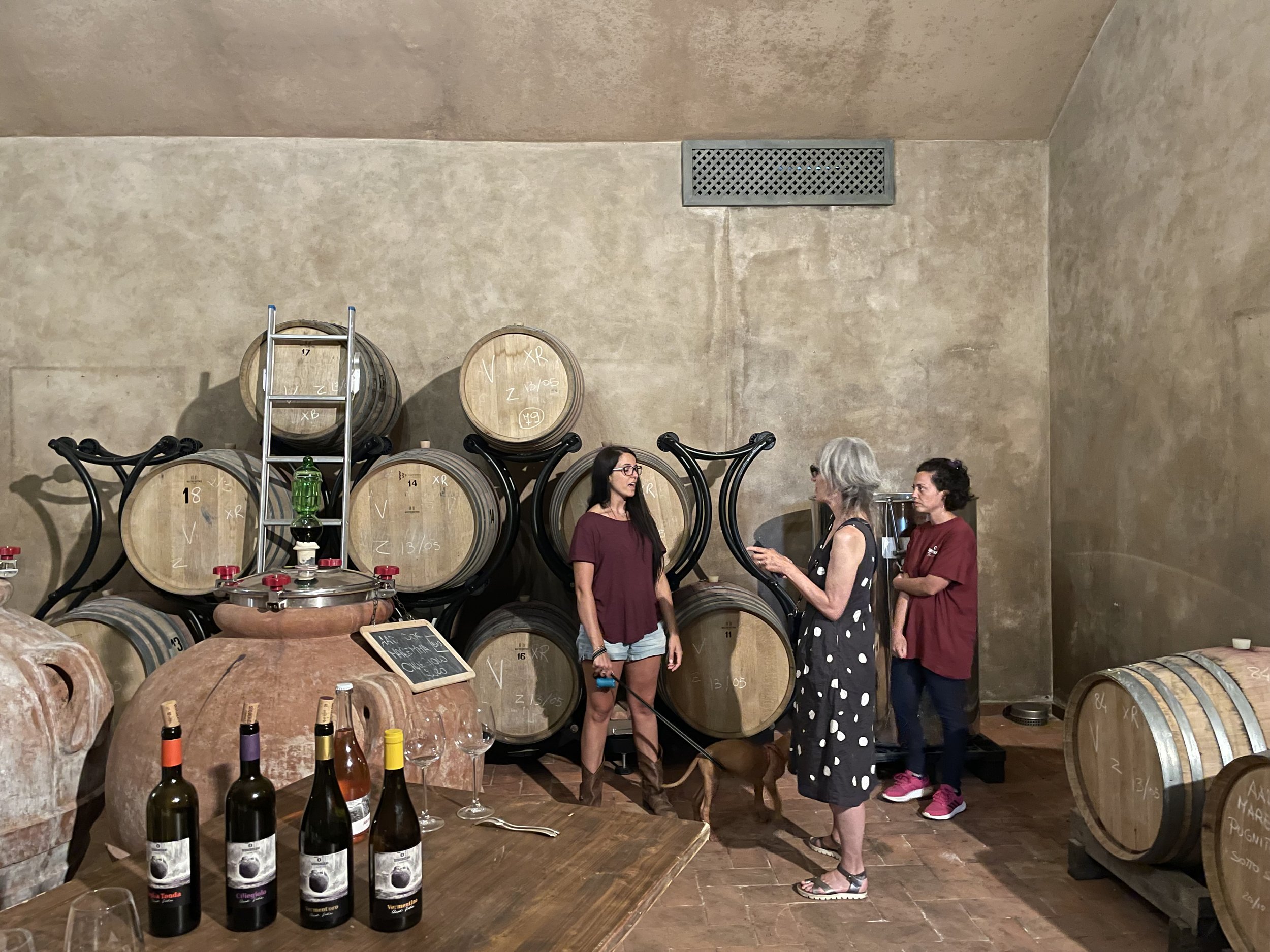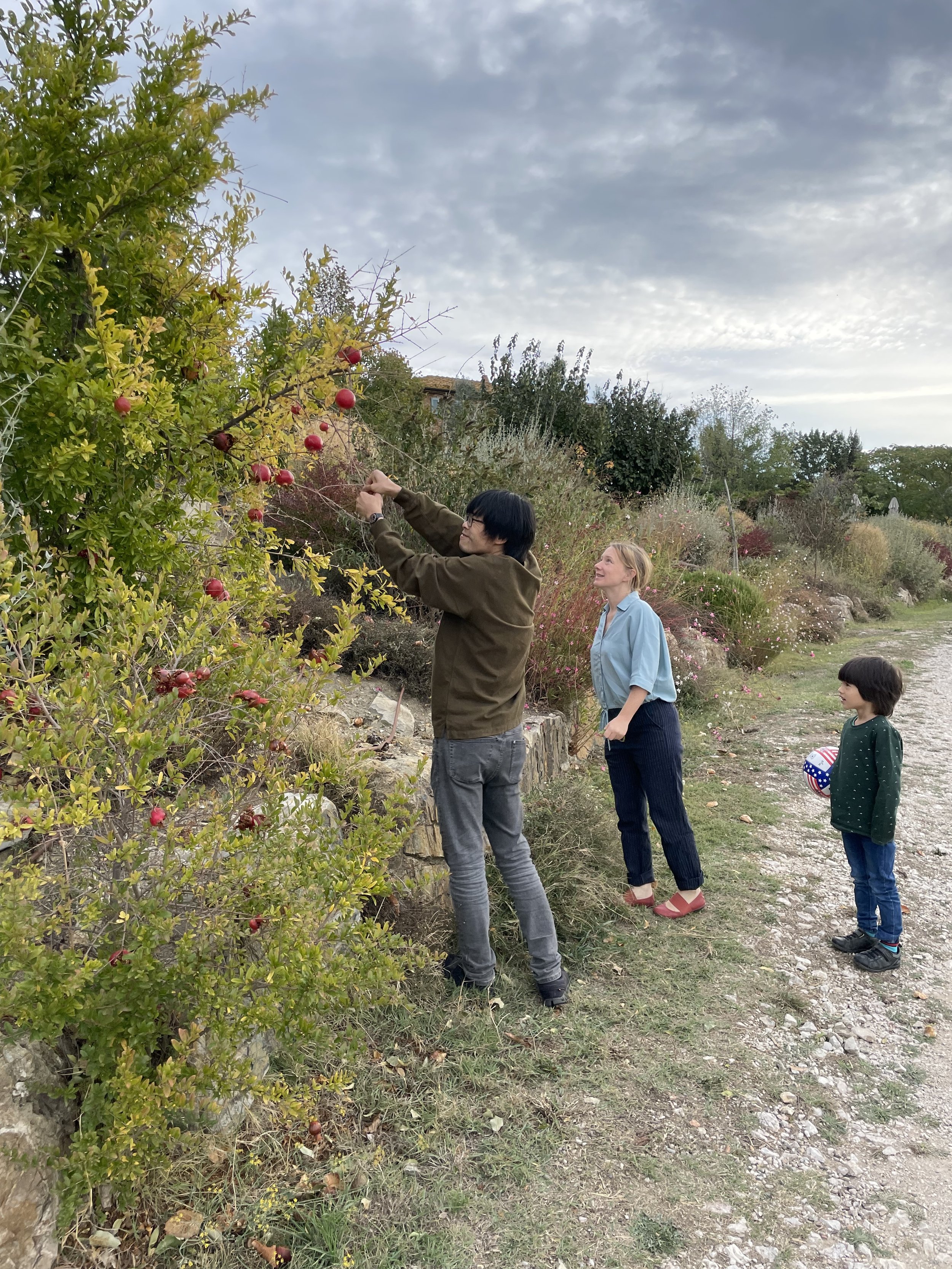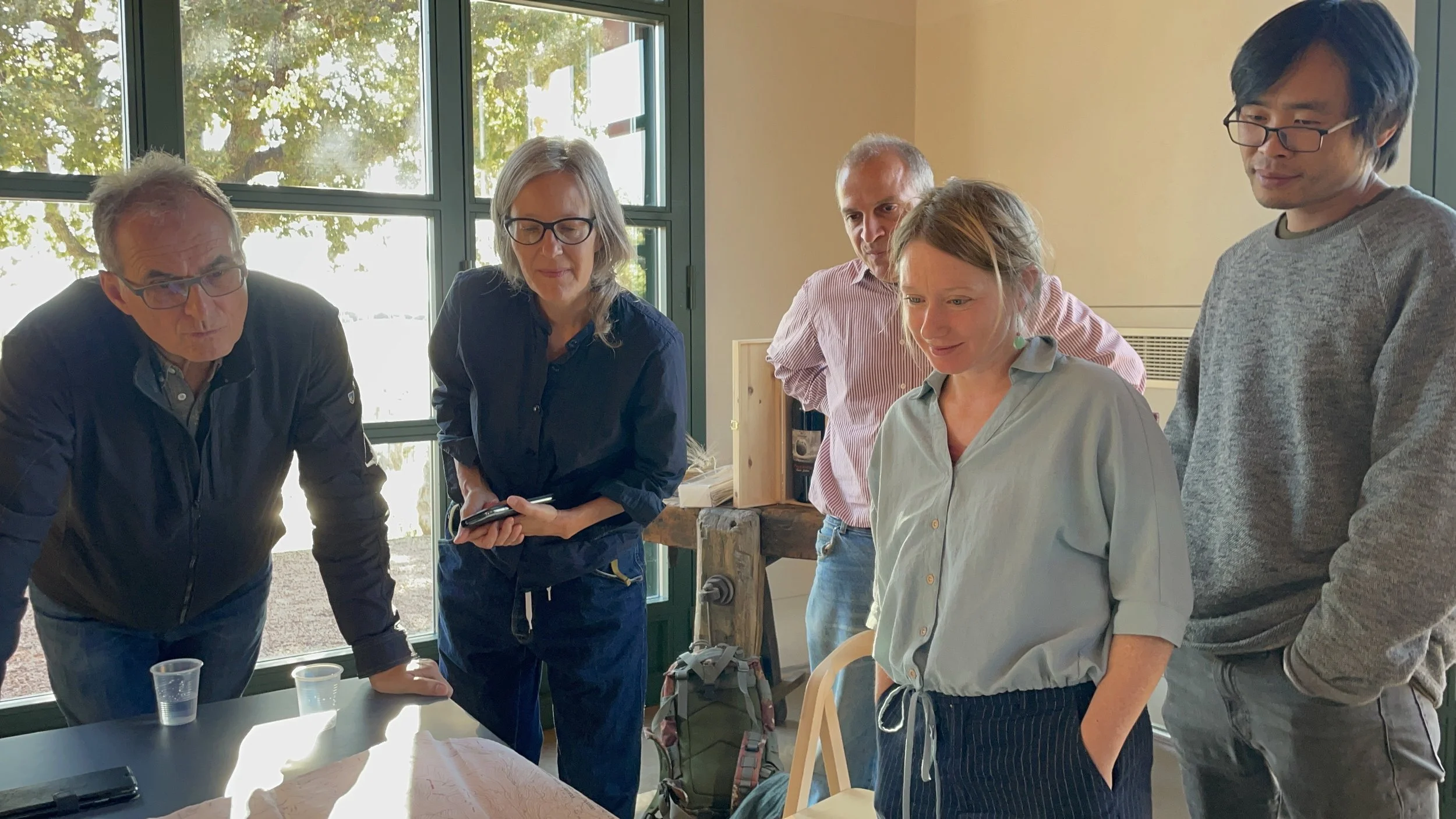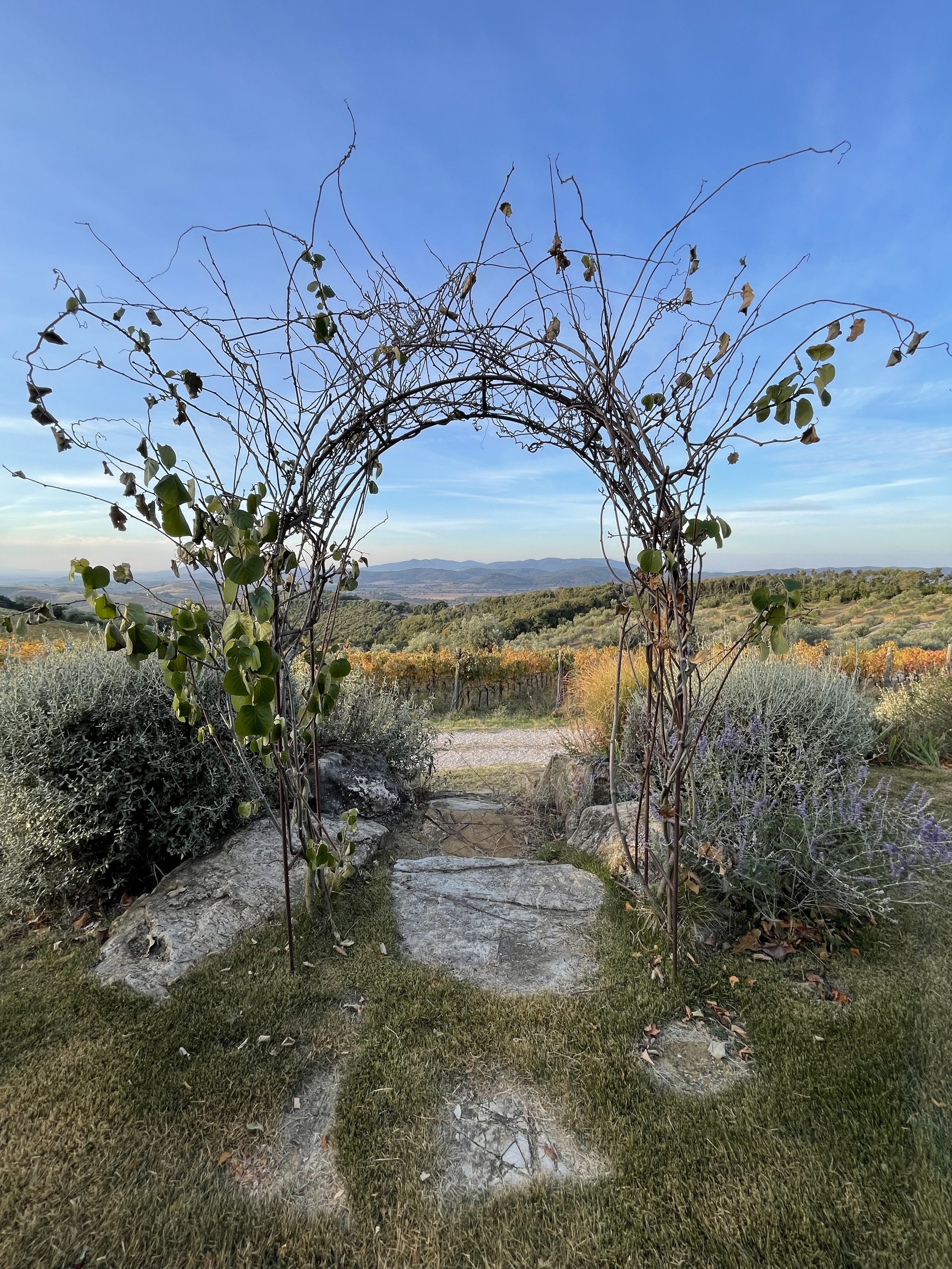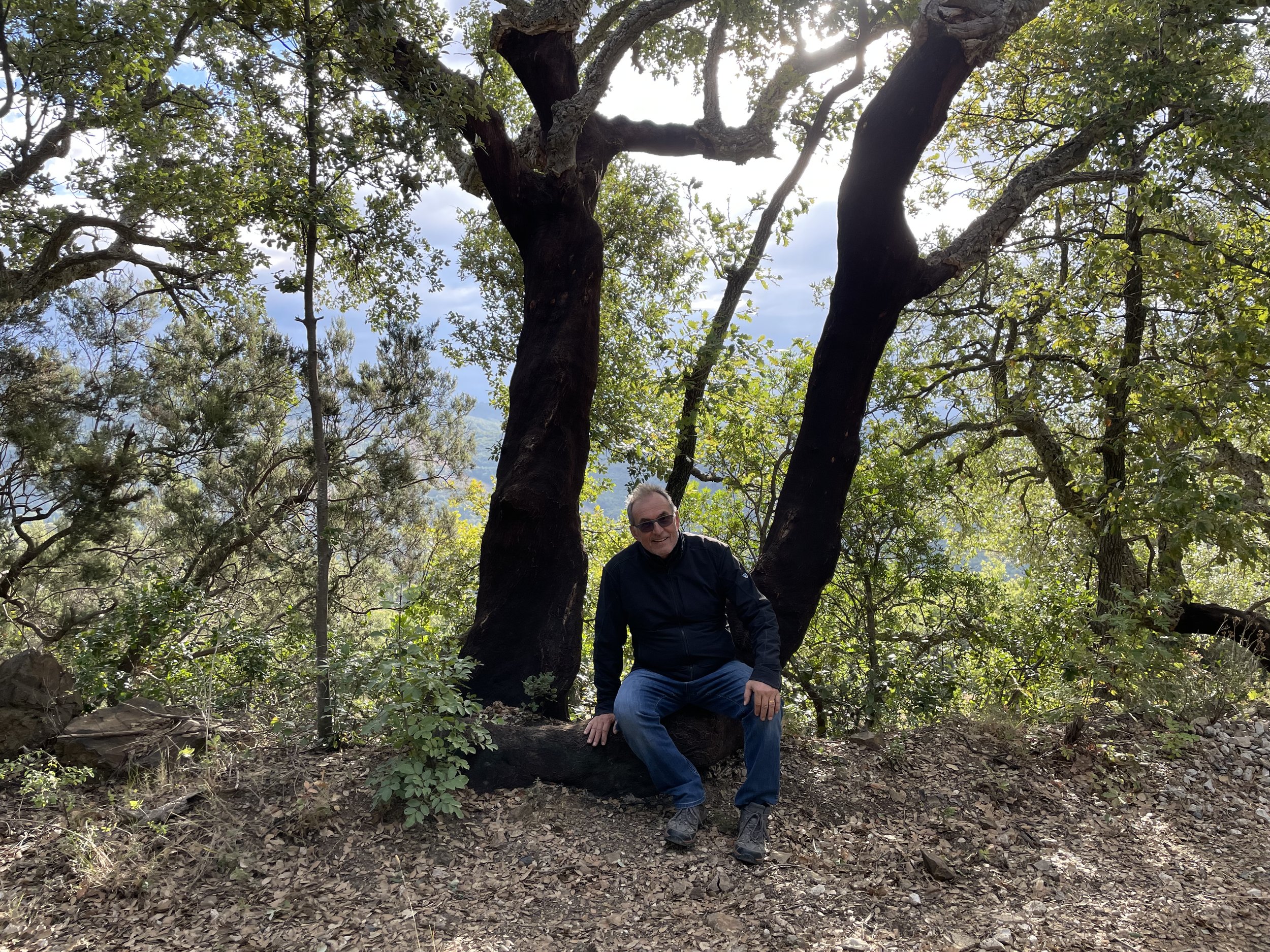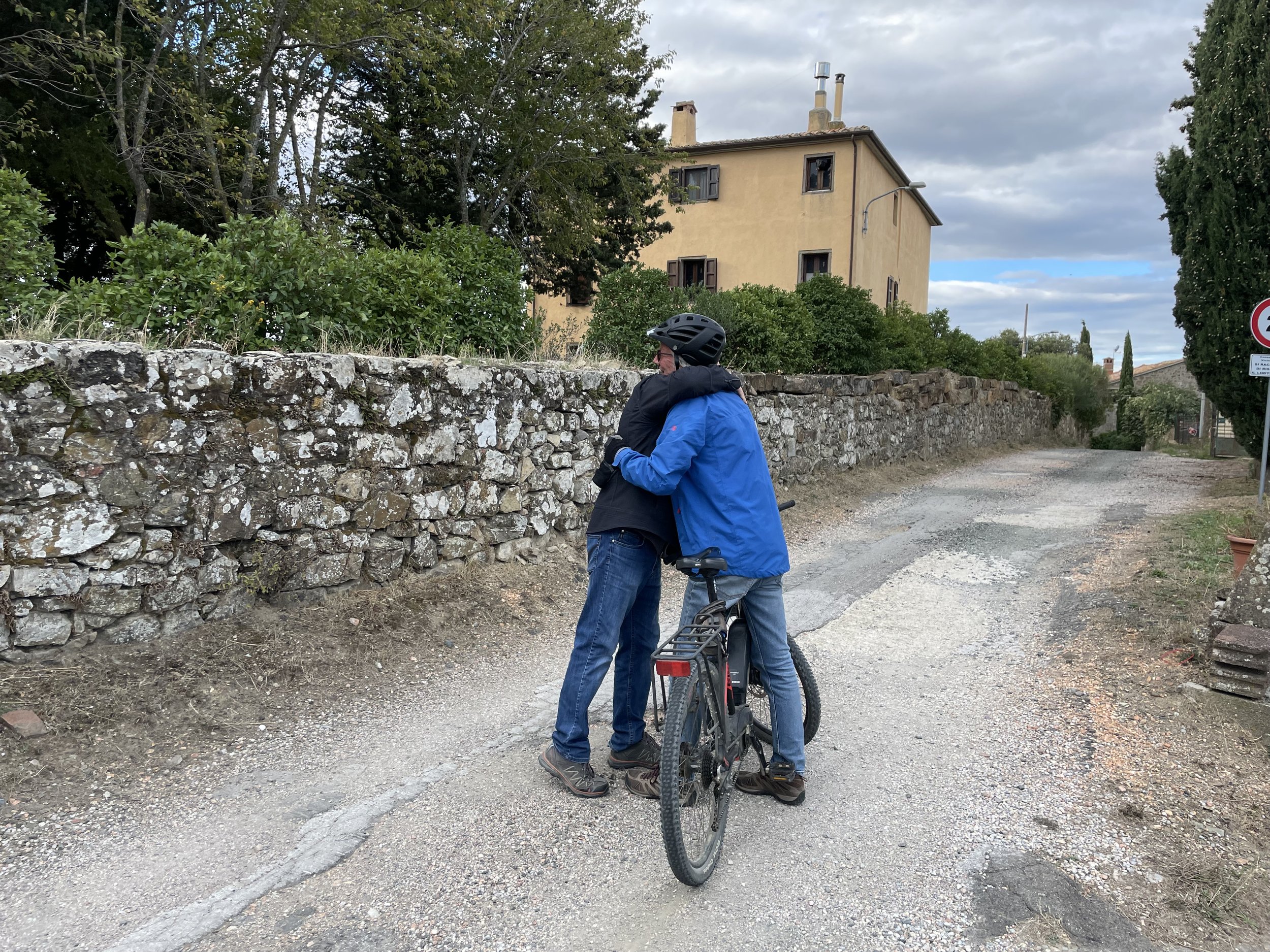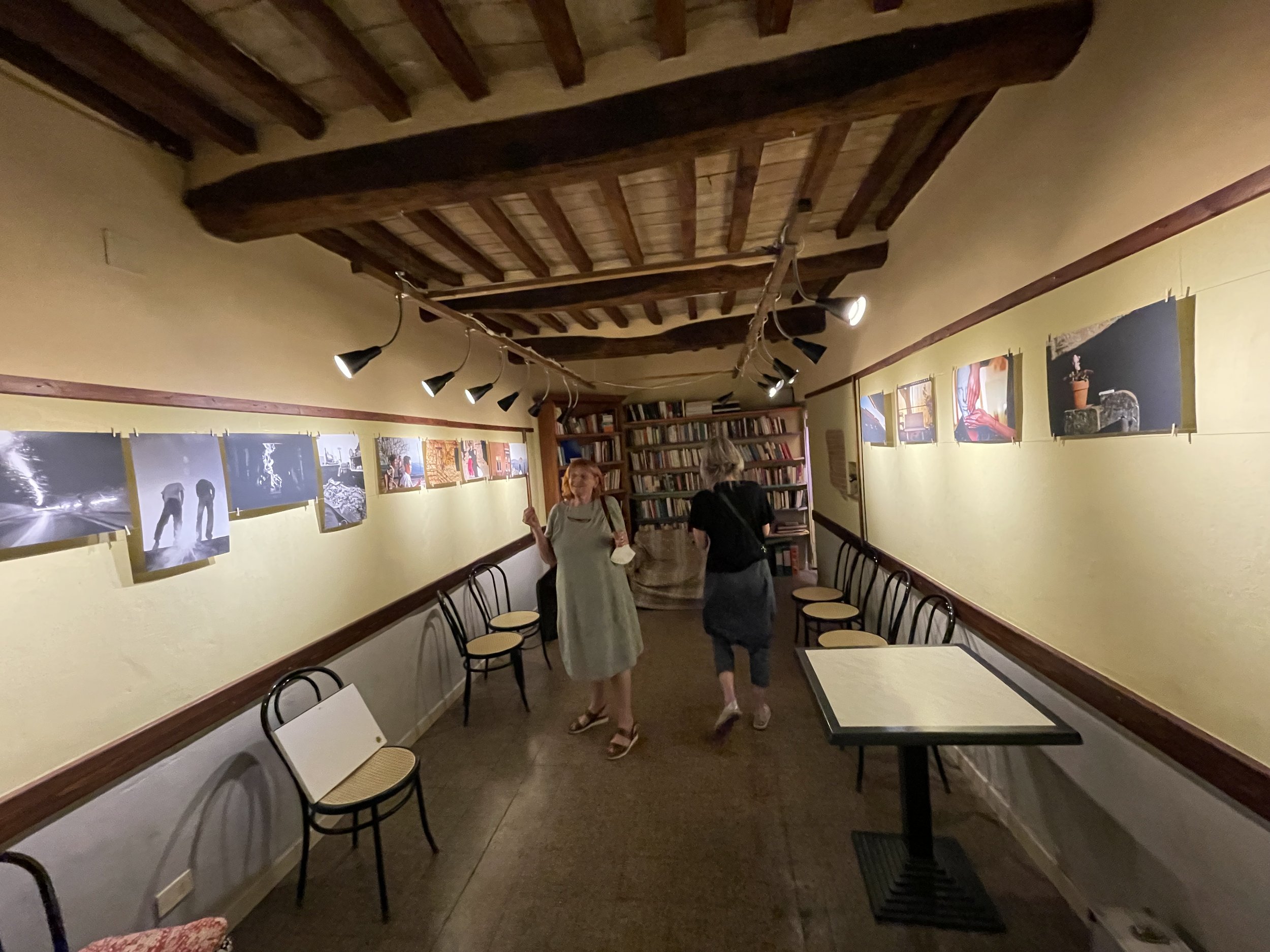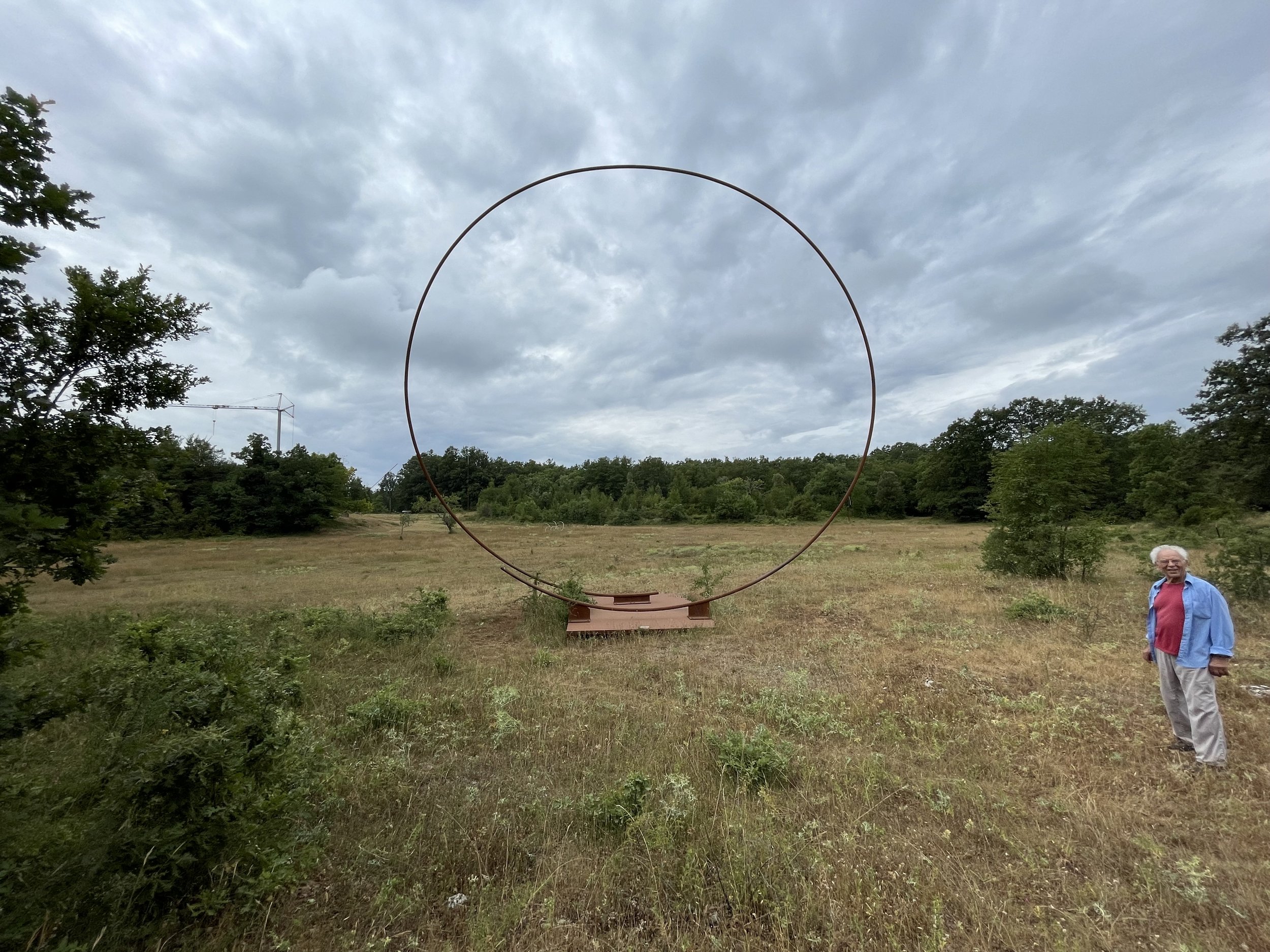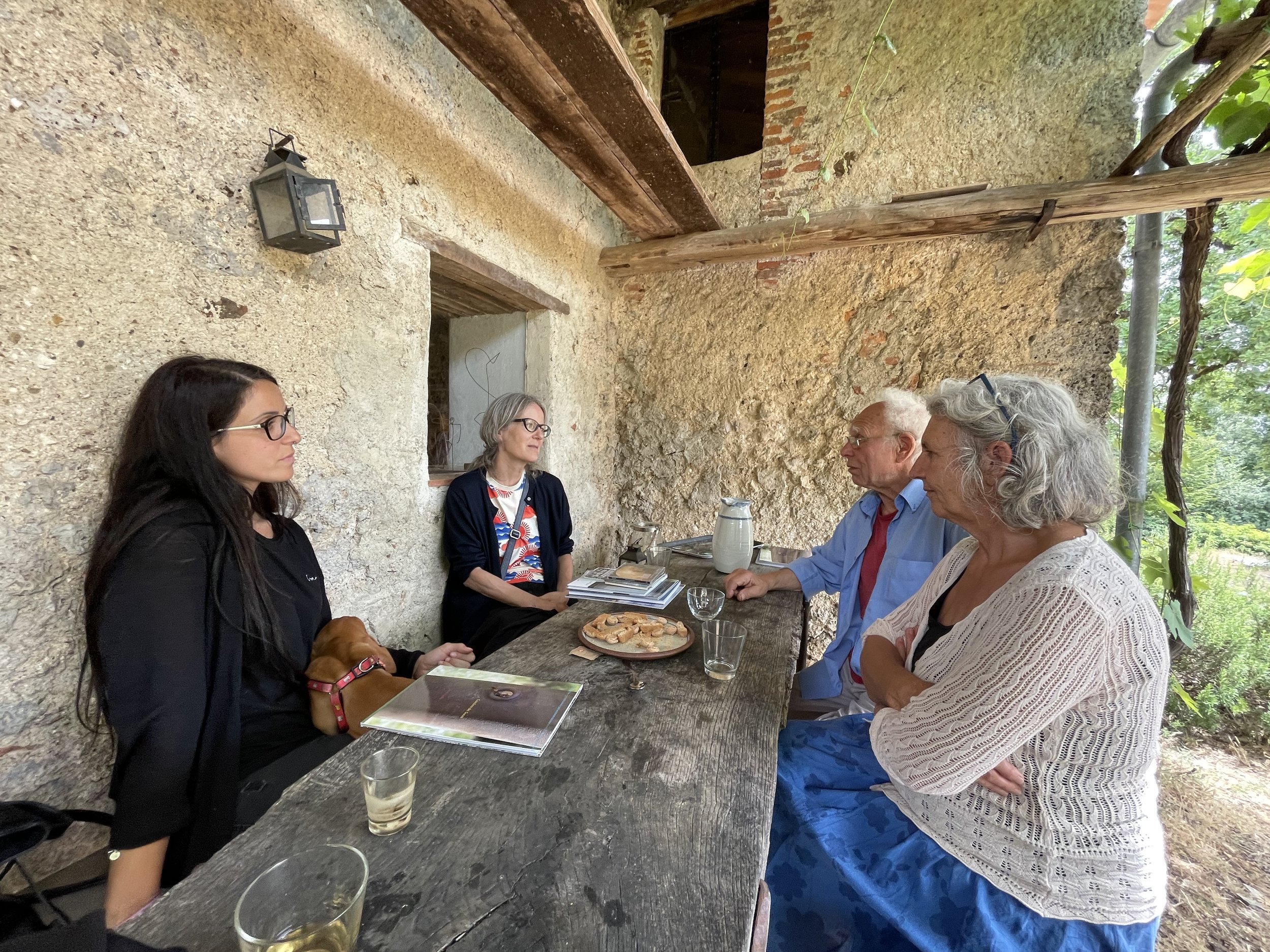“Breath in, Breathe out.” -Ruedi Gerber
With this, we started Sequerciani Arte Clima with people from Zurich, Sequerciani, and Tatti. Time passed as the wind touched the hills and blew through the grape vines and other plants.
Sequerciani Arte Clima started in June 2021. The field research, the walking, the conversations, and the visits all made sense. We wanted to know: How can we bring people together? We have brought people from abroad to meet locals, and we have brought local people abroad. Eventually, people who live on earth will meet one another. This project was just the beginning. One and a half years later, we are ready to take the next step with the people we have encountered and the knowledge we have gained.
